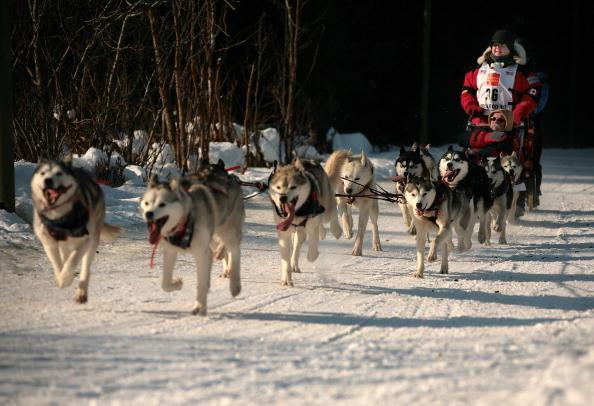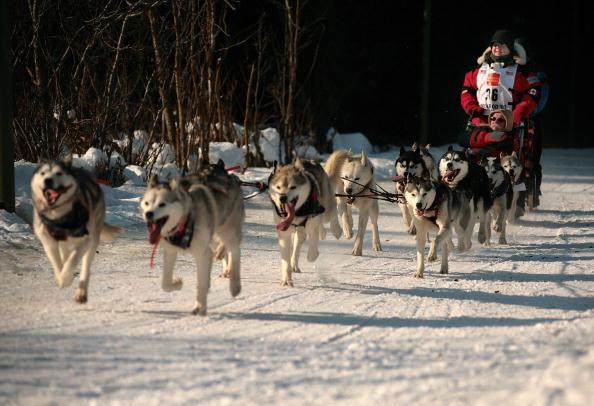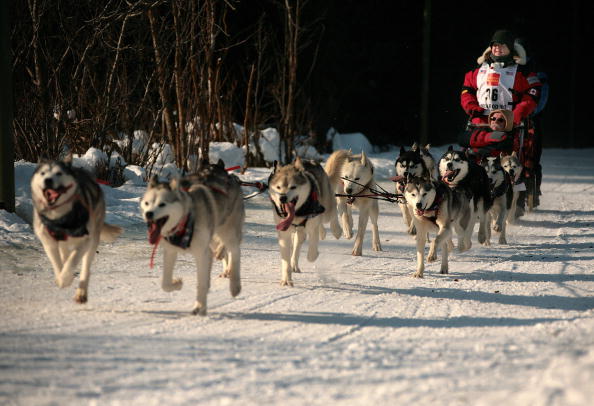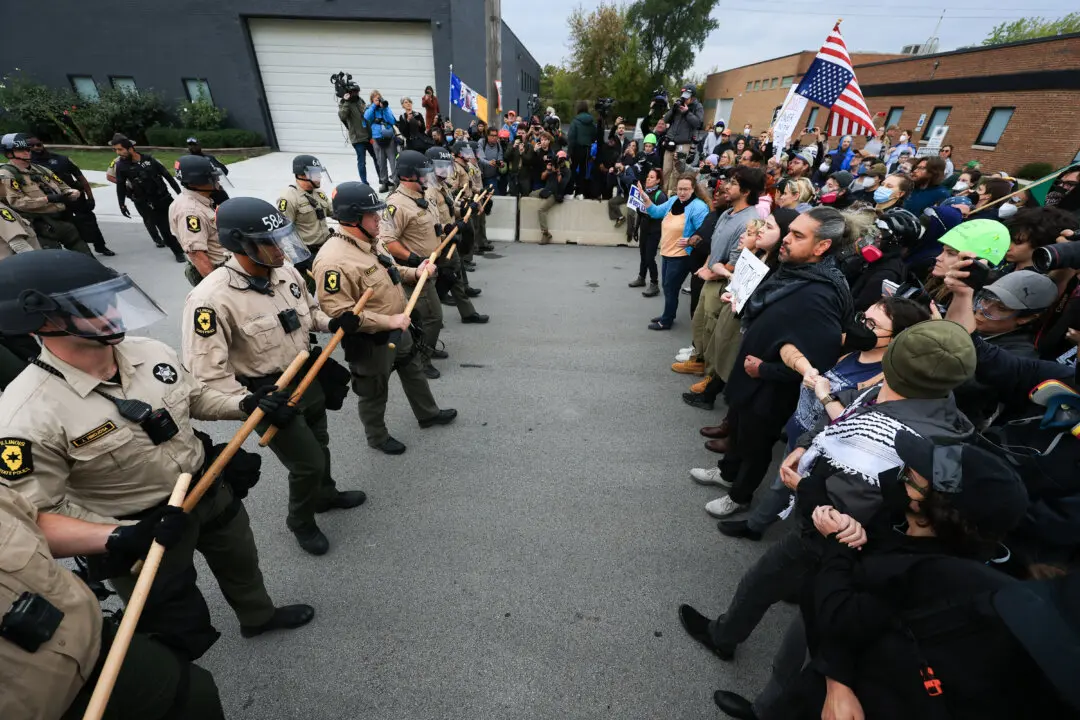The most anticipated sporting event in Alaska, the annual Iditarod Trail Sled Dog Race has begun. Sixty-six mushers and their teams start from downtown Anchorage, Alaska’s largest city, on Saturday amidst a party atmosphere of cheering, singing, barking, and blessings.
The 11 mile first leg of the 41st annual sled dog race ends in the southeast part of the city. Then, the real race starts. Many developments happening in Anchorage prevents the old dangerous format of the race when sleds used to crash into automobiles, people and trains.
On Sunday, the runners start from Willow, a small community about 80 miles north of Anchorage. The finishing line is at Nome on Alaska’s western coast 1,000 miles away. Just getting there after battling mountains, forests, frozen rivers, and fierce winds with temperatures dropping 50 below is a victory in itself. The racers can stop at checkpoints at villages for refreshments and dropping ailing dogs. They have to finish with at least six dogs at the finish line.
This year’s competition comprises a wide range of enthusiasts from different places and professions like Newton Marshall from Jamaica and Scott Janssen, a funeral director from Anchorage. Others include Martin Buser, a four time champion, John Baker, who holds the race speed record of eight days, 19 hours, Dallas Seavey, the youngest Iditarod winner at 25, Aliy Zirkle, last year’s runner-up aiming to be the first female champion in more than two decades and Charley Bejna, a rookie from Addison, Illinois.
Whoever reaches Nome first wins a new truck and a cash prize of $50,400. The rest of the $600,000 purse will be split between the next 29 mushers to cross the finish line.







